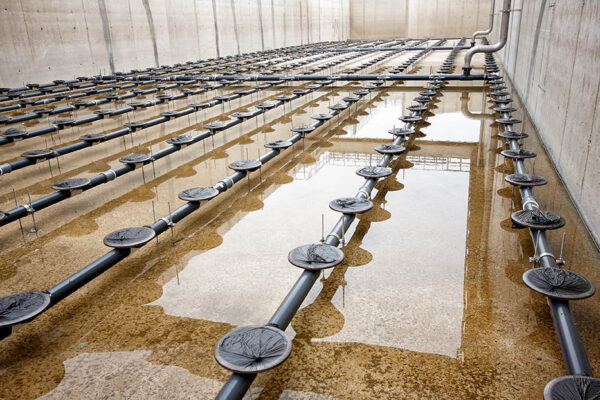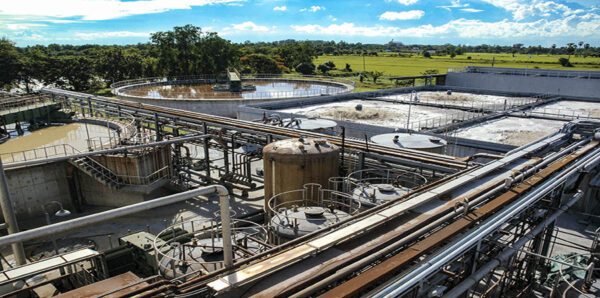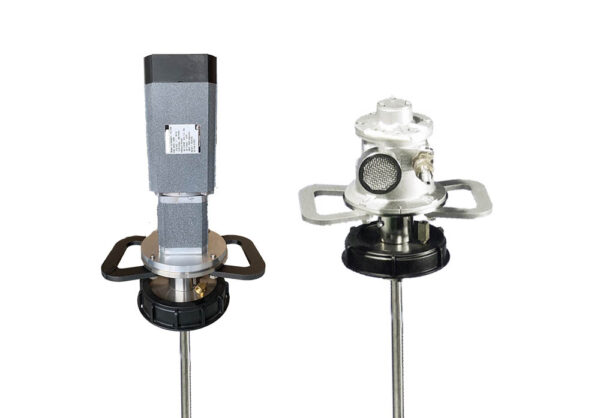
Anoxic and Aerobic MBBR Mixing
Moving Bed Biofilm Reactor MBBR Mixing Process Anoxic & Aerobic MBBR Mixing Proper mixing within anoxic and anaerobic MBBR zones can improve the bioorganic nutrient conversion processes, minimize operational footprint, reduce energy costs and improve water treatment efficiency. The Moving Bed Biofilm Reactor (MBBR) or IFAS (Integrated Fixed-film Activated Sludge) technologies are now more commonly used to maximize the efficiency in treating wastewater from industrial applications that produce high concentrations of BOD, COD and TSS. This newly adopted technology has become more efficient than traditional biological wastewater treatment processes capable of achieving nearly complete nitrate/nitrite-nitrogen (NOX-N) reduction. It also reduces water treatment plants footprint by minimizing stages previously required to filter BOD from biosolids. The MBBR Process In short, MBBR is




